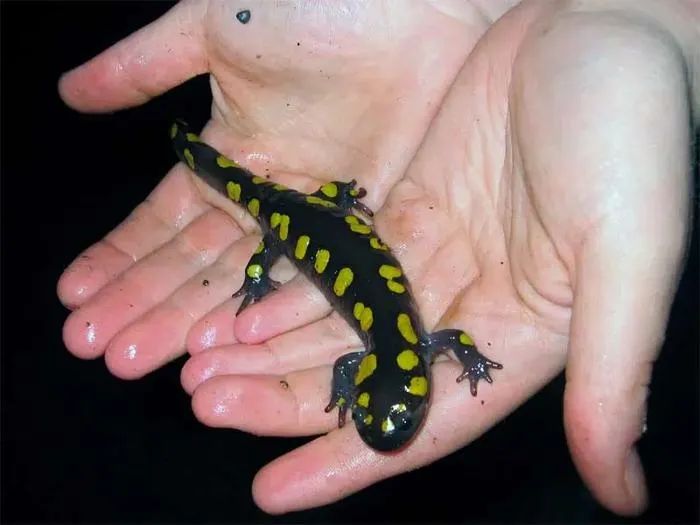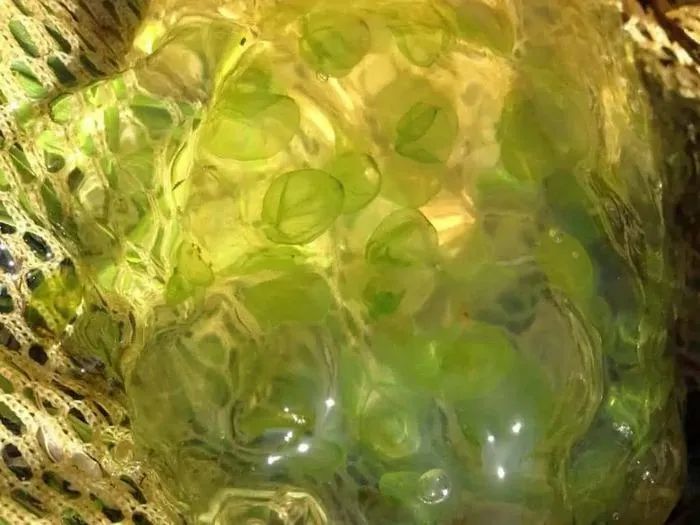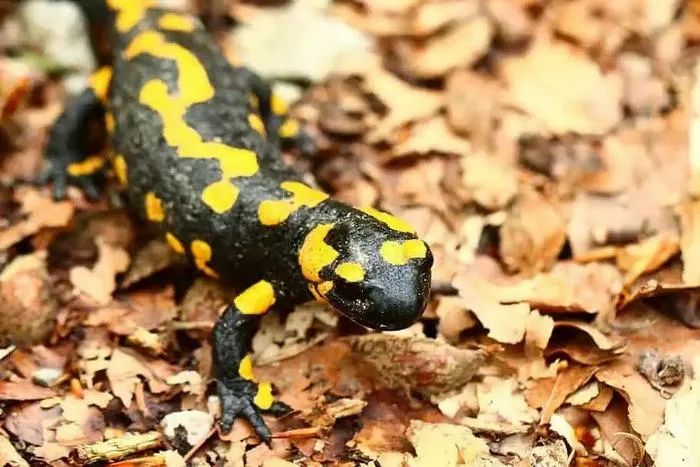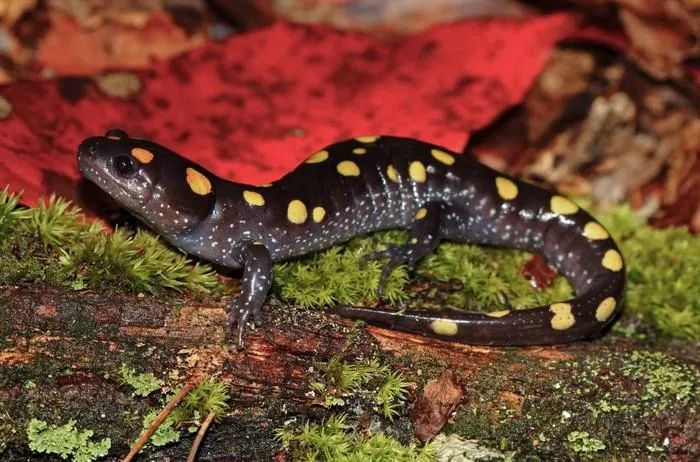Golden-Spotted Salamander: Utilizing Solar Energy for Nutrition

Despite resembling ordinary salamanders, the yellow-spotted salamander possesses distinct characteristics that set it apart from its close relatives – its embryos can harness solar energy to produce nutrients.
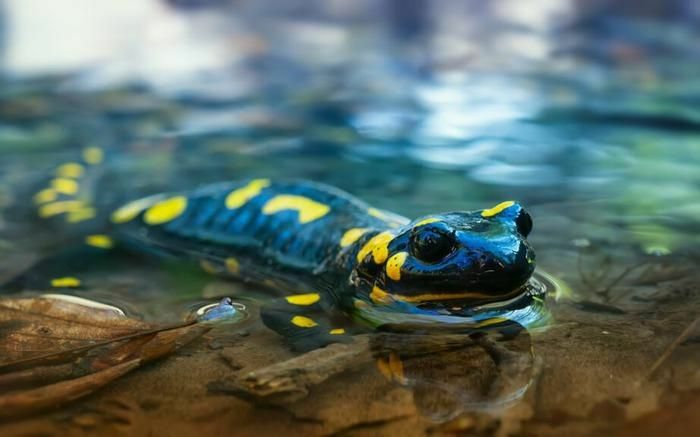
The yellow-spotted salamander, in appearance, does not differ from other salamander species. It has a black skin with yellow spots, hence its name. They are widespread in North America.
However, during their embryonic development, they undergo photosynthesis-like processes similar to plants to generate nutrients. This unique trait is related to the peculiar behavior of this amphibian species.
Adult salamanders typically gather in ponds to mate and reproduce. The yellow-spotted salamander exclusively breeds in fishless ponds; otherwise, their larvae would be consumed.
However, fishless ponds usually lack oxygen, causing the eggs to quickly deteriorate. This problem is addressed by adding algae to the embryo mix during reproduction.
For a long time, it has been known that the eggs of yellow-spotted salamanders have a symbiotic relationship with algae. These eggs have a bright green color, but it was only recently discovered by a researcher from Dalhousie University in Nova Scotia that at a specific developmental stage, the embryos contain algae within their cells. The green coloration of the eggs originates from the embryos themselves.
Sea slugs, corals, and eastern carpenter bees are among the few organisms that share this ability. However, the yellow-spotted salamander (Ambystoma maculatum) is the only known vertebrate with photosynthetic capabilities.
In fact, before scientists realized that the yellow-spotted salamander could photosynthesize, it was believed to be impossible.
Yellow-Spotted Salamanders and Photosynthetic Algae: A Two-Way Relationship
Algae only enter the embryos after the salamander’s nervous system components have developed. By watching time-lapse videos, one can observe a greenish glow at this stage, indicating the presence of small blooming algae.
Developing embryos release nitrogen-rich waste during this time, providing food for the algae. Some algae species can transform it into a viable embryo.
Once inside the salamander’s body, the algae attach themselves near its gut. The gut provides energy to the animal cells from oxygen and the metabolic form of glucose.
The algae seem to directly supply oxygen and carbohydrates (products of photosynthesis) to the salamander cells that contain them.
The salamander may be utilizing these byproducts to help generate its own energy. In return, the embryos provide nitrogen-rich waste and CO2 to the algae.
This specific type of algae has also been found in the oviducts of female yellow-spotted salamanders. The mother may have acquired the algae and transmitted it to her offspring by placing it in the egg sac.
“Science shows us many ways in which life is interconnected, especially at the microscale, where we find many organisms relying on close contact or endosymbiosis with other species for food, defense, or reproduction,” said John Burns, the lead author of the study.
“But the relationship between this particular algae and the salamander is highly unusual.”
A Unique Capability
The yellow-spotted salamander is the first vertebrate to exhibit photosynthetic symbiosis. Previously, it was believed to be impossible for vertebrates with an adaptive immune system to harbor any foreign biological matter.
Therefore, it was thought that vertebrates could not have symbiotic organisms living within them. The yellow-spotted salamander may have overcome this barrier by either suppressing its immune system or by the algae not being recognized as foreign. However, the true answer is still unknown.
Ryan Kerney, an assistant professor at Gettysburg College, stated, “It is truly an odd arrangement that the salamanders allow the algae to live in their egg capsules.”
The complex relationship between the yellow-spotted salamander and the algae reveals much about the interconnected nature of life on our planet. It is a prime example of how living forms can evolve together, form alliances, and rely on each other for survival in unexpected ways.
As mentioned, photosynthetic animals are extremely rare, and all previously known cases involved invertebrates. Among them, different species utilize various methods to harness solar energy, with the most common being the incorporation of certain types of algae or cyanobacteria within their bodies.
